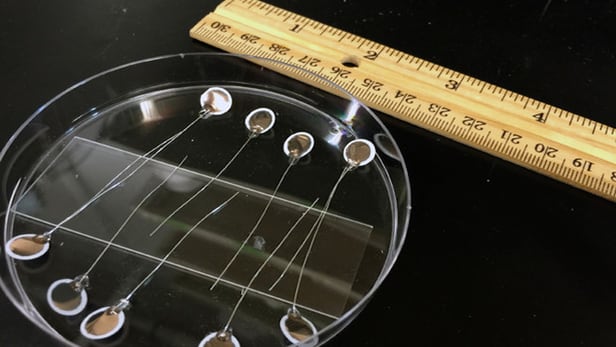
A critical component of existing batteries, separators are membranes which conduct the charge while keeping the cathode and anode apart. The problem is, charge can leak through these membranes, weakening the battery's effectiveness over time, or worse, causing them to overheat and catch fire, a problem familiar owners of so-called hoverboards.
To solve the problem of self-discharge, the OSU team mimicked the function of human cell membranes which open and close tiny pores in response to electrical stimuli. The result is dubbed the ionic redox transistor – an electrically conductive polymer that shrinks to open the holes while the battery is in use or charging, and expands to close them when turned off. In lab tests, the researchers say that charge loss was reduced to zero, without impacting the battery's normal function.
The "smart" membrane should also improve charging times. The researchers say that according to their analysis, batteries in better performing electric or hybrid cars deliver less than half a mile of driving for each minute of charging. With the ionic redox transistor this could be improved to up to "tens of miles per minute of charge."
While the team has demonstrated that the membrane works with existing batteries, the ultimate goal is to combine the technology with a redox flow battery to create a "redox transistor battery" that can be recharged the same as a standard battery, or be emptied out and refilled to quickly get back on the road.
"For everyday commuting, the electrolyte can be simply regenerated by plugging it into a power outlet overnight or while parked at the garage," says Sundaresan. "For long road trips, you could empty out the used electrolyte and refill the battery to get the kind of long driving range we are accustomed to with internal combustion engines."
The ionic redox transistor technology, which could also improve the performance of supercapacitors will be licensed to industry for further development.

 Previous page
Previous page Back to top
Back to top







